I have captured this image with motion blur with my phone camera and want to deblur it.

I modeled the blur PSF as a line with length L and angle phi, and calculated those values. I constructed the PSF as a zeros matrix and a line at the center with the length and angle calculated previously. The values of the line are 1/L, so the total sum of values from the matrix is 1. I assigned this matrix to the variable "h".
Now I want to use this 256x256 PSF to deconvolve the blurred 256x256 image. I have researched and found expressions to determine an approximation of the Fourier transform of the deblurred image, but they use artificial blurred images, for which they know the variance of the noise signal and can use the Wiener Filter function from MATLAB. A paper proposes this expression:
which gives me results like the following:
This is the snippet of the code I'm using for the deconvolution:
imgdouble = double(imgrec)/255;
H = fft2(h); % PSF
Hc = conj(H);
I = fft2(imgdouble);
Fhat = I.*(Hc./(abs(H).^2+1/256));
figure, imshow(ifft2(Fhat))


